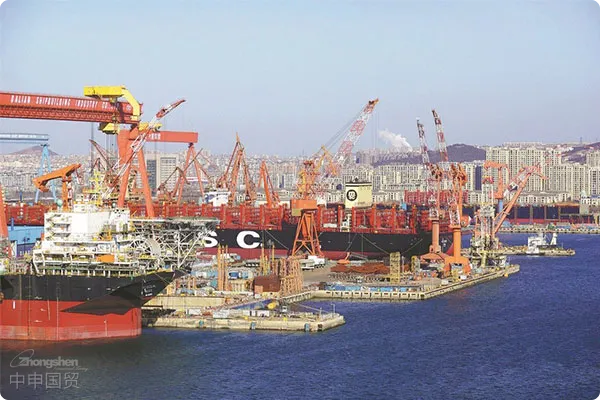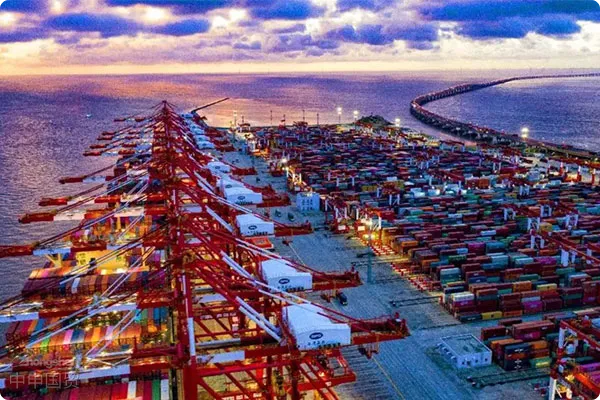- Shanghai Zhongshen International Trade Co., Ltd. - Two decades of trade agency expertise.
- Service Hotline: 139 1787 2118

Customs clearance dilemmas under the new landscape of imported equipment market
The global industrial equipment trade volume is projected to exceed $3.2 trillion in 2025, with China maintaining its position as the largest single importing country. However, the latest data from the General Administration of Customs shows a 37% increase in electromechanical product return rates compared to 2020, with 68% of customs clearance delays attributed to technical trade measures. This imposes higher professional requirements on import equipment agency services.
Six core functions of professional agency companies
- Qualification pre-review system
- Verification of equipment origin certification
- Pre - application for import license
- CCC certification catalog comparison
- Tariff planning module
- HS code breakdown for components
- Application of free trade agreement tax rates
- Temporary import-export scheme design
- Technical compliance management
- Energy efficiency label verification
- Safety protection standard adaptation
- Environmental access testing
Service model comparison and selection criteria
Based on customs AEO certification qualifications and service scope, agency companies can be classified into three tiers:
- Basic service providers: Only provide customs declaration and basic logistics services
- Standard service providers: Possess technical document translation and compliance consulting capabilities
- Full-process service providers: Have overseas pre-inspection and technical rectification guidance capabilities
Typical risk prevention case analysis
Case 1: German machine tool import return incident
A company failed to verify the equipments energy efficiency level in advance, resulting in an entire shipment being detained at port due to non-compliance with the new GB 21455-2025 regulation. With professional agency intervention, a field technical rectification solution saved 28 days in customs clearance time.
Case 2: Japanese precision instrument tariff dispute
By declaring functional modules separately, the agency successfully reduced the import tax rate from 12% to 5%, saving RMB 870,000 in tariff costs for a single shipment.
Five key considerations for selecting an agency
- Whether possessing specificequipment. For example, Indonesia has the SNI certification, Thailand has the TISI certification, and the Philippines has the BPS certification. It is necessary to confirm in advance the equipment voltage (such as 380V/50Hz in Thailand), the compatibility of the CE certification, and the proof of environmentally friendly materials.Successful Cases
- Does the technical team include mechanical/electrical engineers
- Ability to provide overseas pre-shipment inspection services
- Emergency response time commitment
- Whether a customs credit management system is established
Under the implementation of the 2025 revised Electromechanical Product Import Management Measures, selecting an agency with full-process technical handling capabilities can reduce comprehensive import costs by 15%-20% on average. Enterprises should particularly evaluate the agencys technical modification design capabilities and customs dispute resolution experience to ensure smooth implementation of special equipment import projects.
Related Recommendations
? 2025. All Rights Reserved. Shanghai ICP No. 2023007705-2  PSB Record: Shanghai No.31011502009912
PSB Record: Shanghai No.31011502009912










